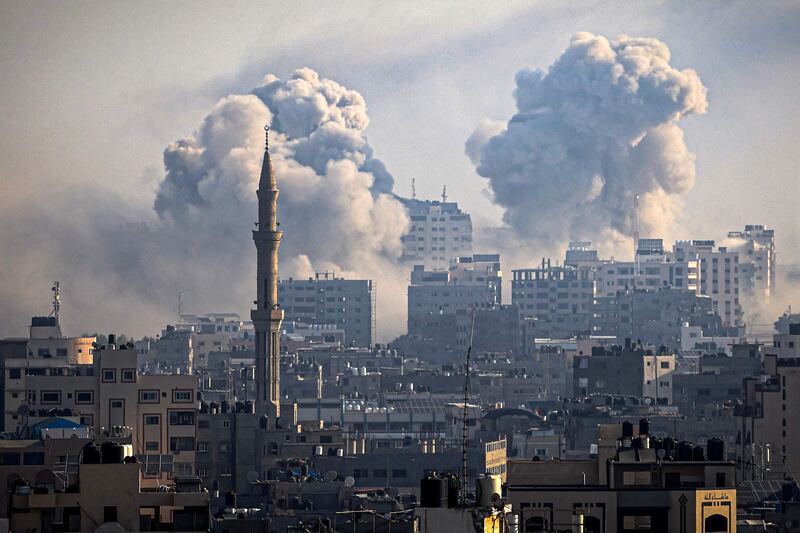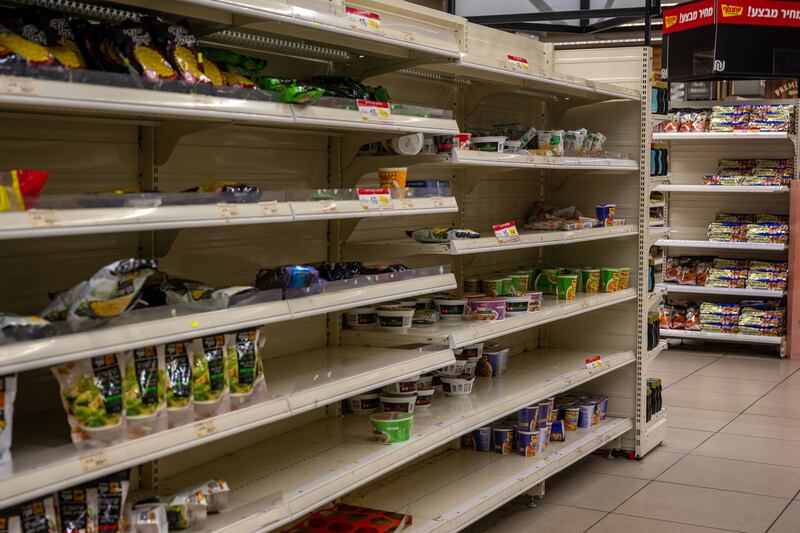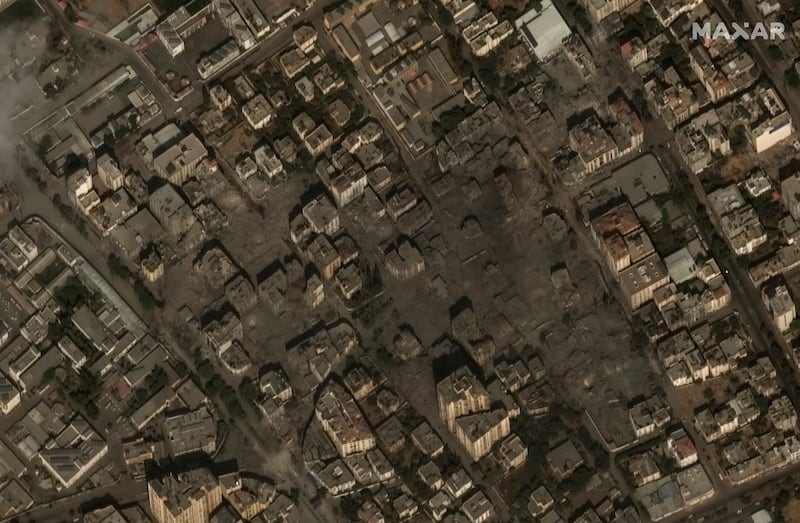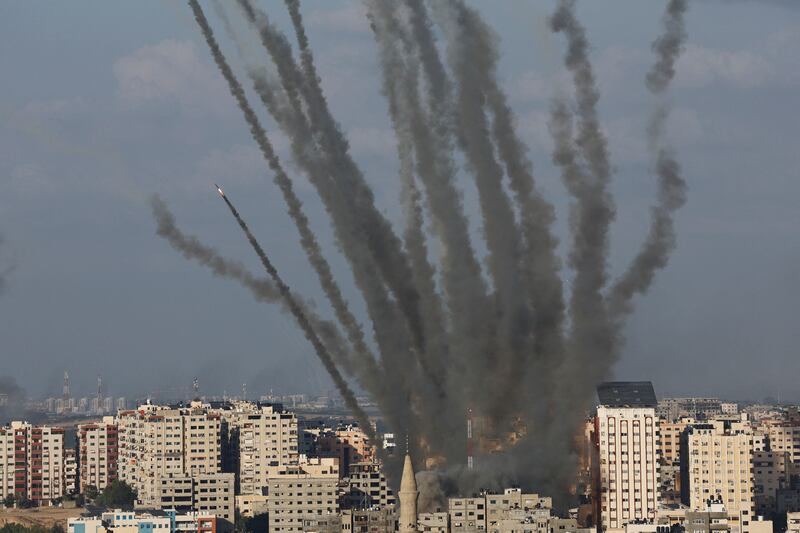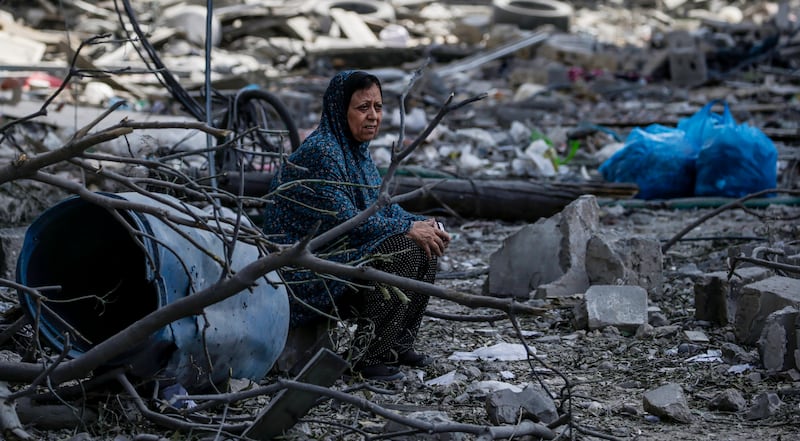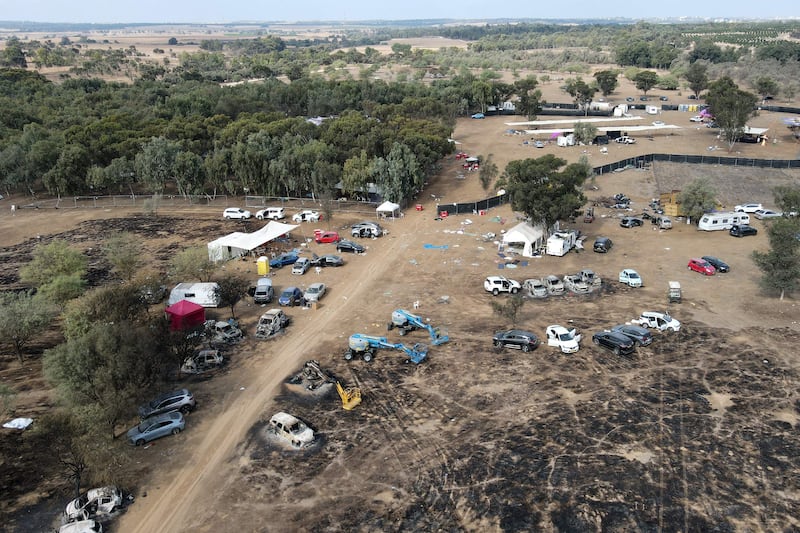The International Energy Agency slashed its oil demand growth forecast for next year, citing a “deteriorating economic climate”, which will weigh on crude consumption.
Global oil demand is now expected to expand by nearly 900,000 barrels per day next year, down from the agency’s previous forecast of a growth of 1 million bpd, the IEA said in its monthly oil market report on Thursday.
However, the agency raised its 2023 demand forecast to 2.3 million bpd, from a previous estimate of 2.2 million bpd, citing “buoyant” demand growth in China, India and Brazil.
China, the world’s second-largest economy and top crude importer, will account for 77 per cent of the demand this year, the IEA said.
“A sharp escalation in geopolitical risk in the Middle East, a region accounting for more than one-third of the world’s seaborne oil trade, has markets on edge,” the agency said.
“Prices have since stabilised … while there has been no direct impact on physical supply, markets will remain on tenterhooks as the crisis unfolds,” it added.
Oil prices jumped more than 5 per cent on Monday as traders feared that military clashes between Israel and Hamas would escalate into a broader conflict, potentially disrupting Middle East crude supplies.
The IEA expects global crude output to increase by 1.5 million bpd and 1.7 million bpd this year and the next, respectively, driven by higher production in non-Opec+ countries.
“Overall Opec+ output is set to decline in 2023, although Iran may rank as the world’s second largest source of growth after the US,” the agency said.
Iran's production has recovered to a five-year high of 3.1 million bpd in recent months, despite current sanctions.
On October 4, the Opec+ group of crude oil-producing states decided to stick to its current output policy.
Opec+ members Saudi Arabia and Russia have reaffirmed their collective supply cut of 1.3 million bpd to the end of the year.
The group has enforced total production curbs of 3.66 million bpd, or about 3.7 per cent of global demand.
This includes a reduction of 2 million bpd agreed on last year, and voluntary cuts of 1.66 million bpd, announced in April and extended to December 2024.
Last month, oil prices surged past $95 a barrel and were closing in on the $100-mark amid concerns of tightening supplies.
"Rising prices focused the market’s attention on the prospect that ‘higher for longer’ interest rates could slow economic and demand growth," the IEA said.
"By early October, Brent futures tumbled by more than $12 to $84 a barrel as supply fears gave way to deteriorating macroeconomic indicators and signs of demand destruction in the US," the agency said.
Meanwhile, Russia's oil exports rose by 460,000 bpd to 7.6 million bpd in September, generating Moscow revenues of $18.8 billion, the IEA said.
Brent, the benchmark for two-thirds of the world’s oil, was trading 1.08 per cent higher at $86.75 a barrel at 1.21pm UAE time. West Texas Intermediate, the gauge that tracks US crude, was up 0.80 per cent at $84.16 a barrel.


